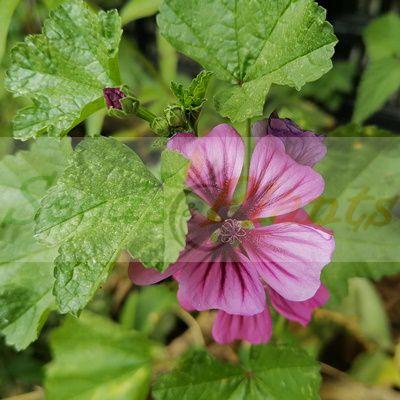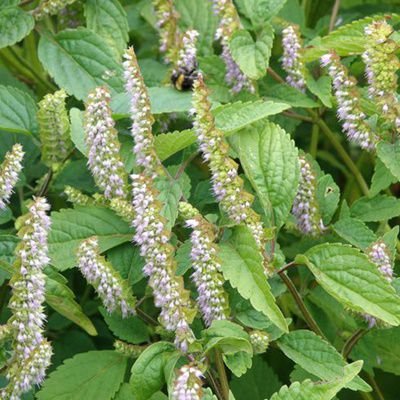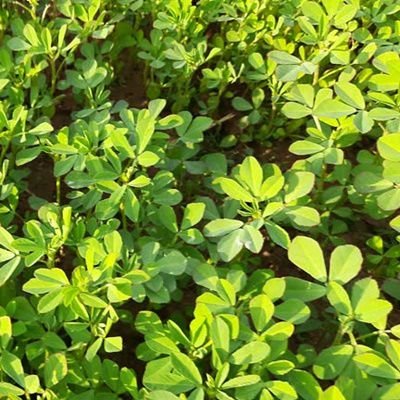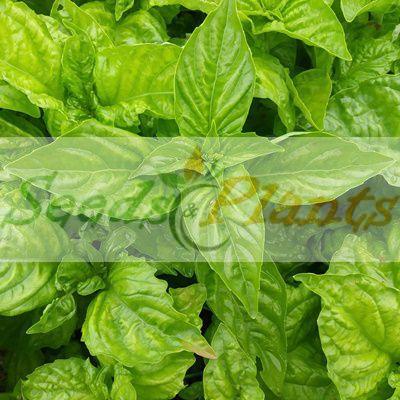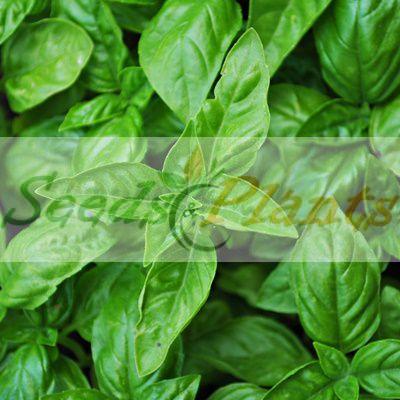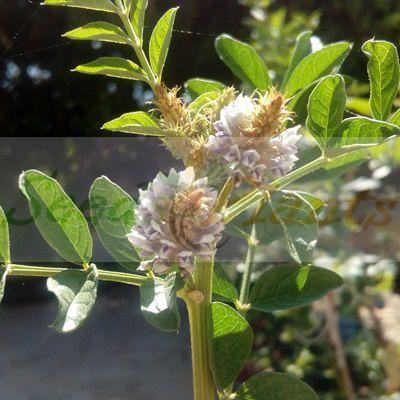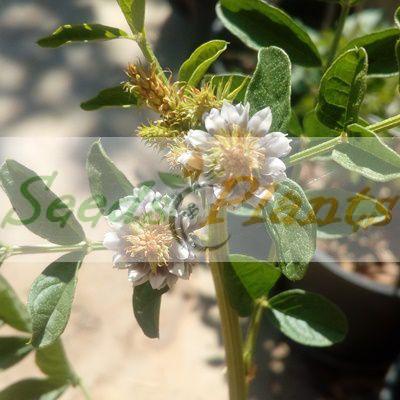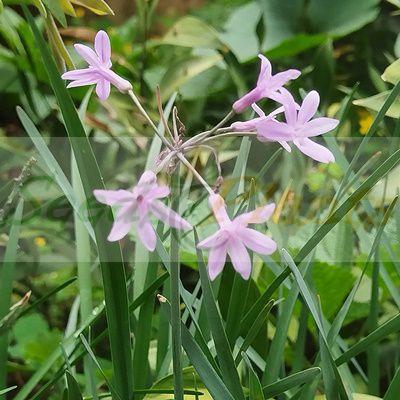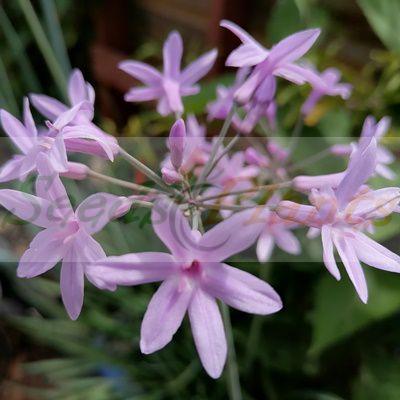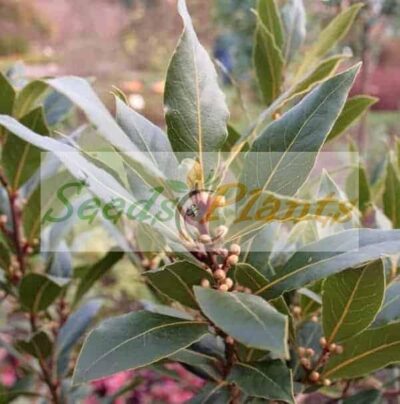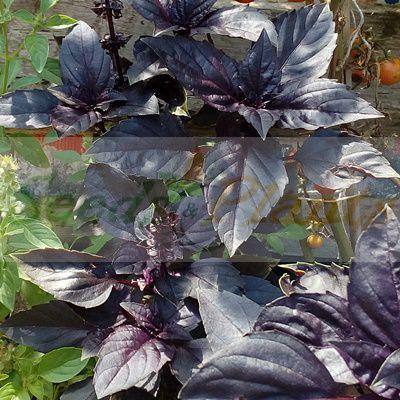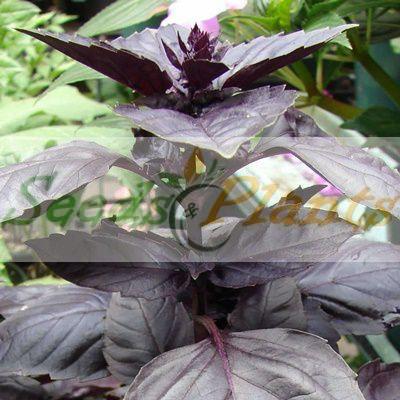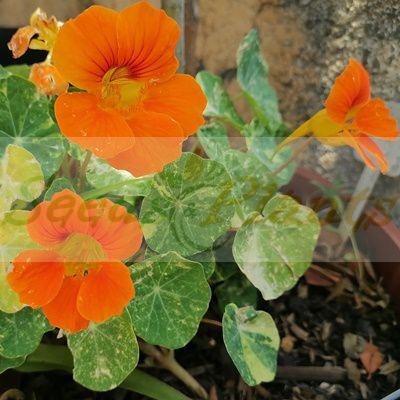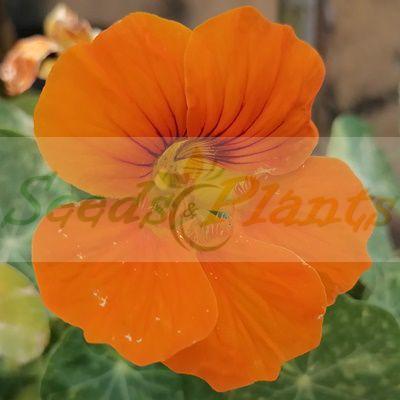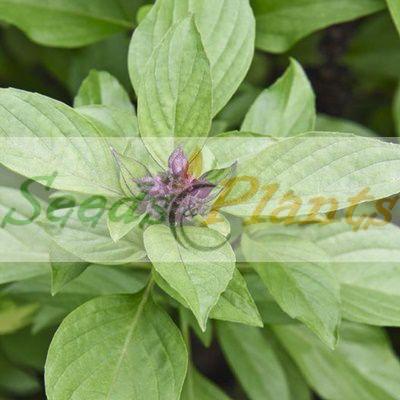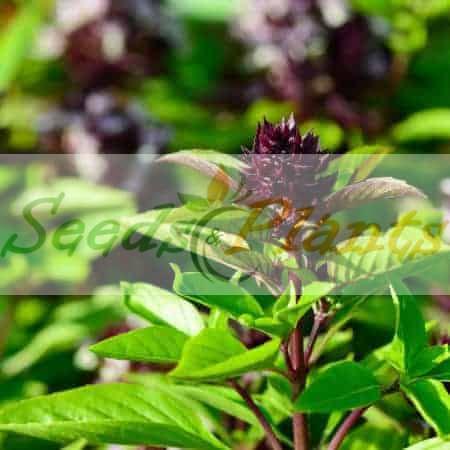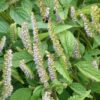🍃 Culinary Quick Facts
Culinary Info
- 🌍 Origin / Region: Asia
- 🍽️ Culinary Use: Beverages/Teas, Flavoring, Vegetable dishes
- 🥗 Edible Part: Leaf, Stem
- 😋 Flavor Profile: Lemon, Minty
Medicinal Info
- 🌿 Medicinal Part: Flower, Leaf, Stem
- 🍵 Herbal Preparation: Decoction, Essential Oil, Infusion / Tea
- ⚕️ Healing System: Ayurvedic System of Medicine, Chinese Traditional Medicine
Growth Traits
- 🌱 Life Cycle: Annual
- 🌾 Plant Type: Herbaceous Annual
- 🦋 Pollinator Method: Attracts Bees, Attracts Butterflies, Attracts Moths
- 🪴 Growth Habit: Bushy, Clumping, Upright
- 🌸 Flower Color: Pale Purple
Growing Requirements
- 🌞 Sun Exposure: Full Sun, Partial Shade
- 💧 Water Needs: Avoid Overwatering, Regular Water
- ☀️ Growing Conditions: Average Temperatures, Frost Sensitive, Moderate Heat Tolerance, Not Cold Tolerant, Not Drought Tolerant
- 🟤 Soil Preference: Moist, Tolerant of most soils, Well-Drained
Vietnamese Balm – 50 Seeds
(Elsholtzia ciliata)
R30.00
Vietnamese Balm is a culinary herb that also has medicinal benefits.
Common Names: Vietnamese Balm, Vietnamese Lemon Mint, xiang ru and kinh giới.
Indoor Sowing: Late Winter.
Direct Sowing: Spring.
In stock
🍃 Culinary Quick Facts
Culinary Info
- 🌍 Origin / Region: Asia
- 🍽️ Culinary Use: Beverages/Teas, Flavoring, Vegetable dishes
- 🥗 Edible Part: Leaf, Stem
- 😋 Flavor Profile: Lemon, Minty
Medicinal Info
- 🌿 Medicinal Part: Flower, Leaf, Stem
- 🍵 Herbal Preparation: Decoction, Essential Oil, Infusion / Tea
- ⚕️ Healing System: Ayurvedic System of Medicine, Chinese Traditional Medicine
Growth Traits
- 🌱 Life Cycle: Annual
- 🌾 Plant Type: Herbaceous Annual
- 🦋 Pollinator Method: Attracts Bees, Attracts Butterflies, Attracts Moths
- 🪴 Growth Habit: Bushy, Clumping, Upright
- 🌸 Flower Color: Pale Purple
Growing Requirements
- 🌞 Sun Exposure: Full Sun, Partial Shade
- 💧 Water Needs: Avoid Overwatering, Regular Water
- ☀️ Growing Conditions: Average Temperatures, Frost Sensitive, Moderate Heat Tolerance, Not Cold Tolerant, Not Drought Tolerant
- 🟤 Soil Preference: Moist, Tolerant of most soils, Well-Drained
Elsholtzia ciliata, commonly known as Vietnamese Balm, Vietnamese Lemon Mint, xiang ru or kinh giới in Vietnamese, is a plant native to Asia. In the US, it known as Crested Late Summer Mint. It is an erect annual that can be grown as a perennial in regions with mild winters. It grows to about 60 cm in height. The plants produce distinctive one-sided spikes of pale bluish flowers. The leaves are oppositely arranged along hairy stems, oval to lance shaped and one to three inches long with wrinkled to serrate margins.
Culinary Uses
Lemon scented flavor with a suggestion of mint, the leaves are used to flavor meat dishes, soups, and salads.
Medicinal Benefits
- The whole plant, preferably when in flower, is antibacterial, antipyretic, antiviral, astringent, carminative, diaphoretic, diuretic and stomachic.
- It is used in the treatment of common colds, fevers, headaches, diarrhoea, oedema and is said to relieve the effects of excess alcohol.
- The plant has a broad-spectrum antibacterial action.
Growing Vietnamese Balm
Indoor Sowing: Late Winter.
Direct Sowing: Spring.
- Start seeds inside 6 weeks before last frost date or direct sow in Spring.
- Scatter balm seeds on top of the potting soil.
- Water and keep soil moist until germination.
- Germination in 2-3 weeks.
- Harden off plants carefully before transplanting.
- Plants grow very well in a sunny, warm area and prefers moist soil.
Can this plant be used for culinary purposes?
Vietnamese Balm is traditionally used for culinary purposes such as beverages/teas and flavoring.
Does this plant have medicinal uses?
Traditionally, Vietnamese Balm has a history of use in various healing systems, including Ayurvedic System of Medicine and Chinese Traditional Medicine. Seeds are sold for cultivation purposes only.
Disclaimer
Medicinal Information:
All medicinal information on this website is for educational and informational purposes only and may not be construed as medical advice. The information is not intended to replace medical advice or treatment offered by healthcare professionals.
Seeds, Plants, Plant Cuttings, Geophytes and Dried Herbs:
In some countries and provinces, certain plants are deemed as invasive and are not allowed to be planted at all, whilst some plants are allowed to be grown only in certain areas or provinces. The onus is on you as the buyer to familiarize yourself with the regulations pertaining to your location, before purchasing any of our seeds, plants, plant cuttings, geophytes or dried herbs. We will not be held liable, should you purchase any seeds, plants, plant cuttings, geophytes or dried herbs. from us which are prohibited in your country or province.


